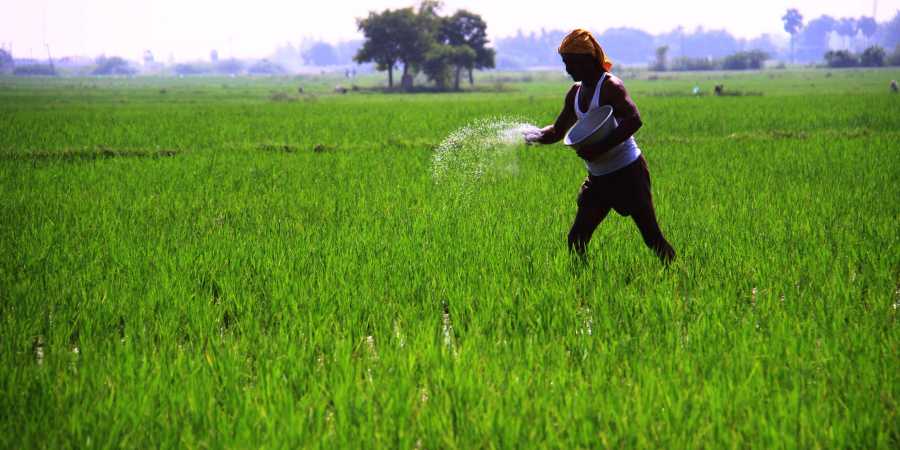Bhubaneswar: The state government Friday released a new draft Agricultural Policy with focus on raising farmers’ income and overall development of the agriculture sector.
Agriculture and Farmers’ Empowerment Minister Arun Kumar Sahoo said that the policy aims to strengthen the economic and social well-being of farmers, sharecroppers and landless labourers.
“The policy is focused on farmers’ well-being and has been formulated to build on the inherent strengths of the agriculture and allied sectors, to address the constraints it faces and to make optimal use of resources and opportunities emerging on account of advancement in technology,” Sahoo said.
Last time, the state had rolled out its Agricultural Policy in 2013, which helped the sector in many ways, the minister said, adding that the Odisha has become a surplus producer of food grains by producing 117 lakh MT of food grains in 2016-17.
He also claimed that the state has achieved the fastest growth rate in the country in enhancing the monthly income of the farmers between 2002-03 and 2015-16. During this period, the monthly average income of a farmer in Odisha has increased from `1,062 to `7,731 indicating a growth of 16.5 per cent against the national growth of 11.7 per cent.
On the Krushak Assistance for Livelihood and Income Augmentation (Kalia) scheme launched in December, 2018, the policy suggests that it be extended for another five years.
Earlier, the Kalia scheme was planned for only five crops. Under the scheme, the small and marginal farmers get financial an assistance of ` 5,000 per crop, while it offers some benefits to sharecroppers and landless agriculture farmers also.
The draft policy deals with sector specific strategy on eight points like leveraging science and technology, adoption to climate change, markets, higher productivity, infrastructure, diversification, skilling and strengthening institutions.
The draft policy mentions that 48 per cent of labourers in Odisha are female. There are an estimated 50,000 single landless women in the state and they will be treated as a special target group for development intervention. At least 30 per cent of the budget for the horticulture and small livestock schemes will be dedicated to women.
As per the draft policy, the government will come up with a new state Pest Policy to create an integrated data-backed decision support system for pest management.
The state government has also planned to execute the Model Agriculture Land Leasing Act 2016 with suitable amendments to improve land access to farmers, sharecroppers, landless and private individuals. To ensure that tenant farmers will have access to institutional credit, appropriate financial instruments will be designed and promoted, the draft policy said.
The state will create an agricultural innovation fund for technical handholding, imparting knowledge and free dissemination of technical know-how. Under the new policy, the state government will also implement a new warehousing and logistics policy to encourage private investments.
“Government will broad-base and strengthen procurement operations and efforts will be made to adopt a procurement threshold level of at least 15 and 10 per cent of the marketed surpluses for pulses and oilseeds respectively,” it said.
The government will declare some crop areas as organic and it will ban sale of chemical pesticides in the areas declared as organic. Use of crop-protection chemicals will be recommended only where necessary.
To encourage oilseeds and pulses cultivation, specific district level plans will be developed to identify and promote production clusters for oilseeds and pulses.
For horticulture development, the government eyes to double the area of hybrids vegetable crops. At present 10 per cent of the cropped area under vegetables is under hybrids.
Under the policy, the availability of veterinary services will be expanded to cover all villages with a minimum of 100 animals while the deworming coverage will be increased to cover at least 80 per cent of the bovines.
Besides, each gram panchayat will prepare a crop plan that will be discussed in the panchayat and displayed prominently. The gram panchayat office will also display technical information like soil health as well as prices of important commodities prevailing in the domestic markets. Each panchayat will have a storage godown and farmers will be encouraged to deposit their produce in these godowns.
